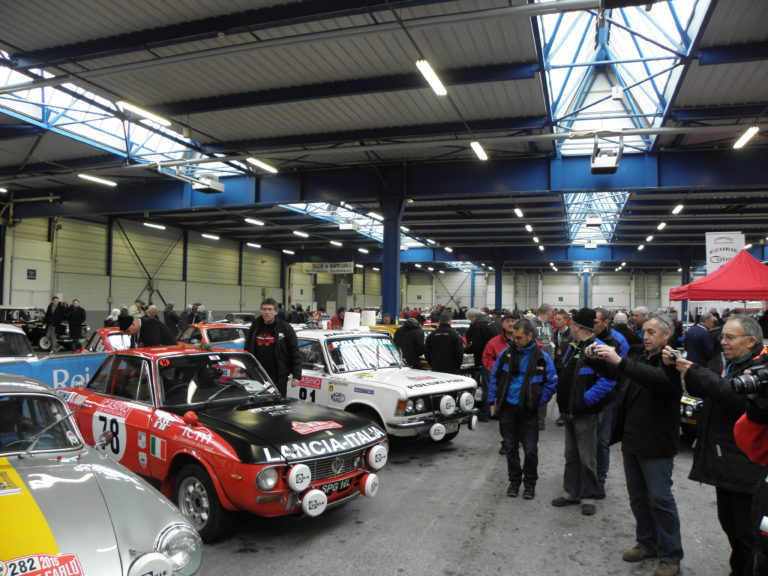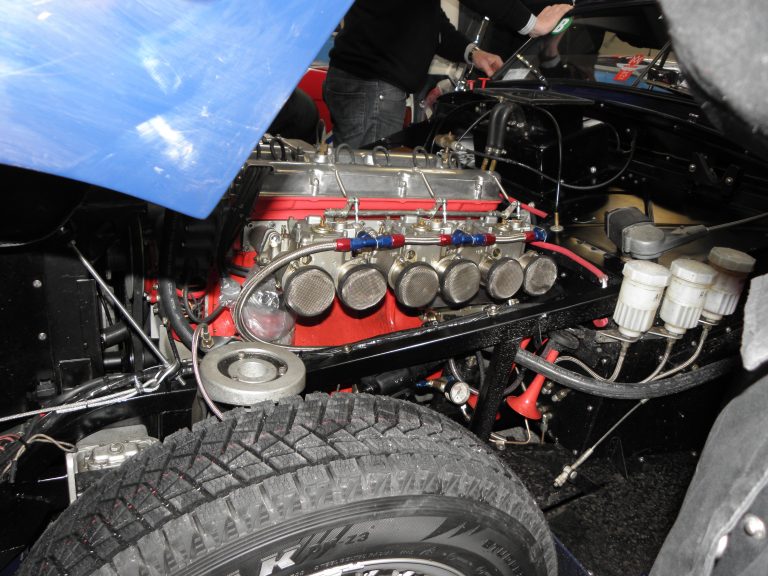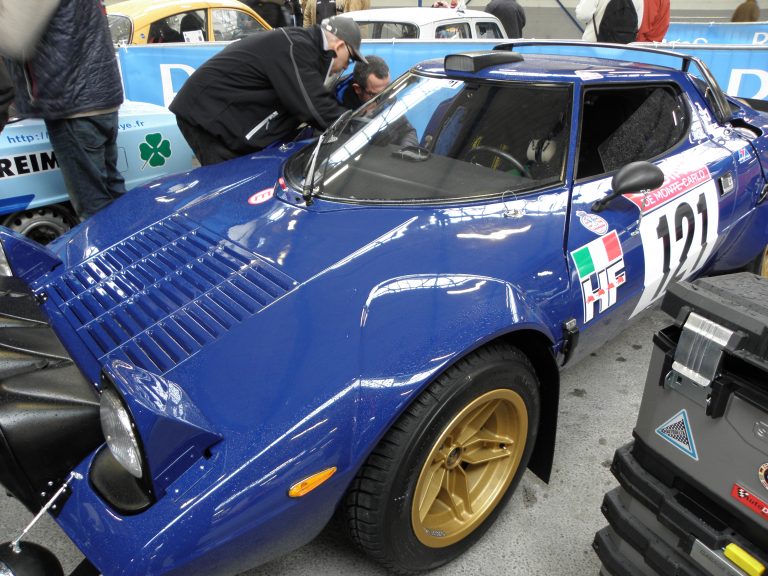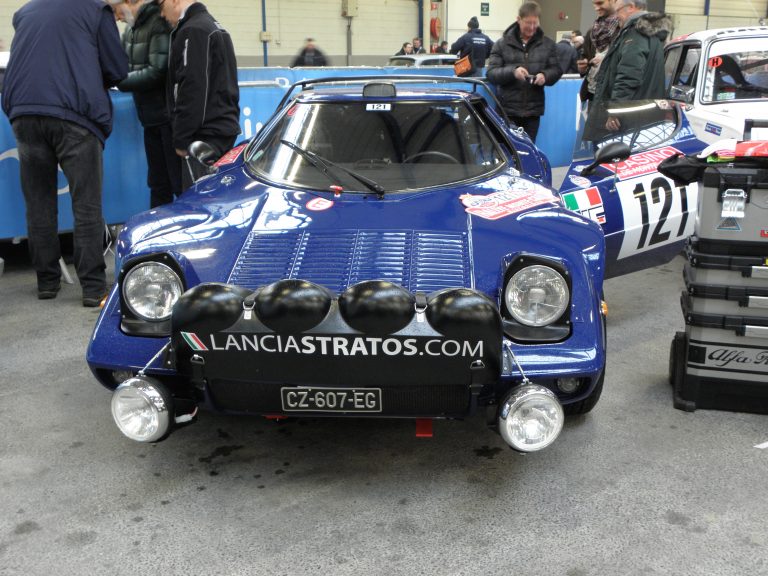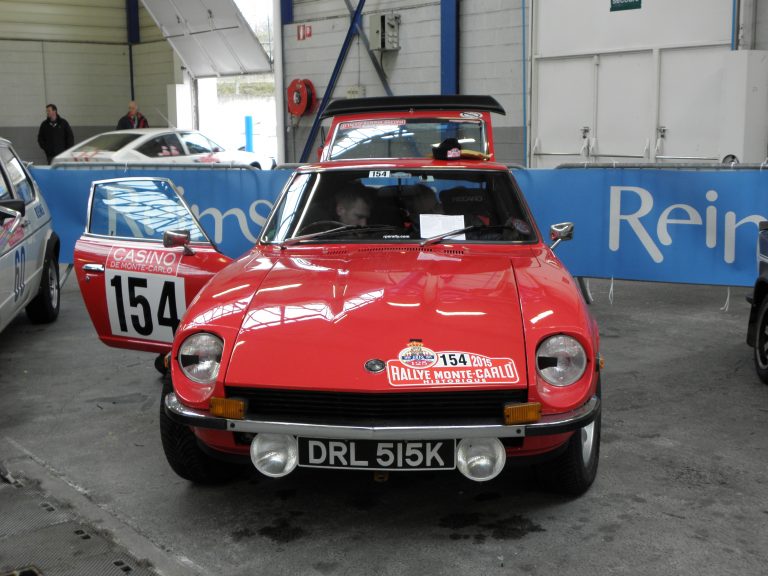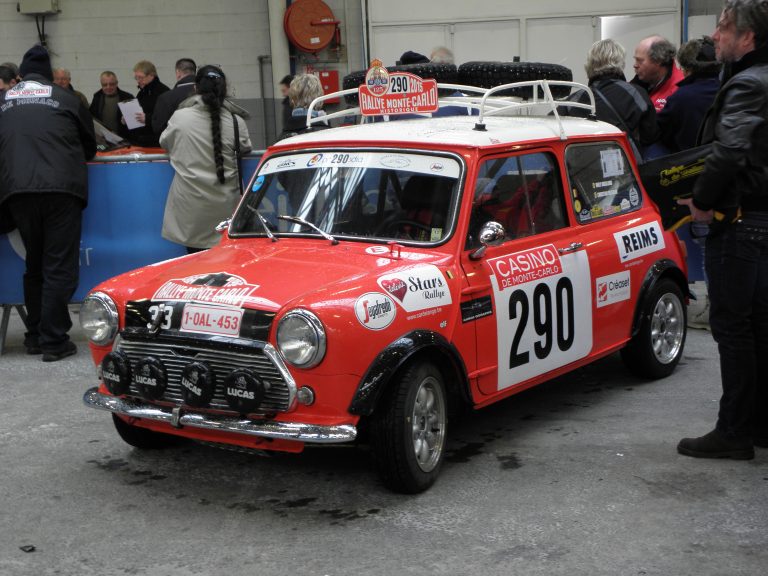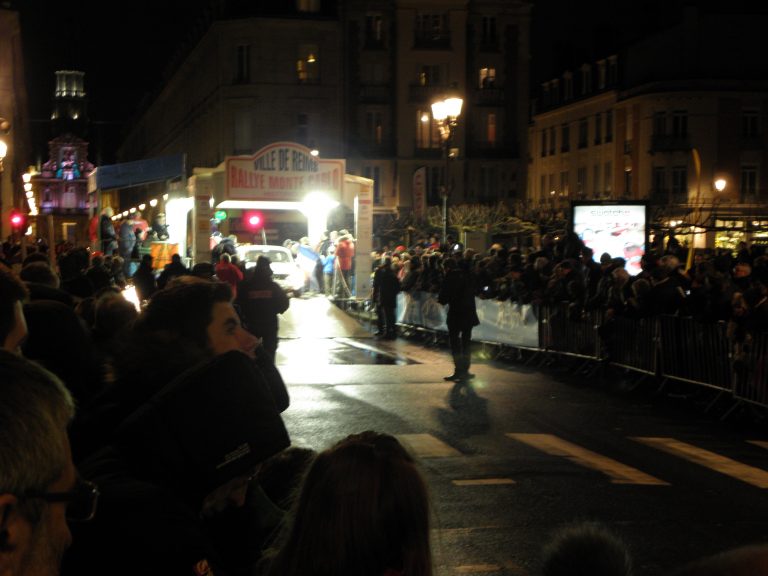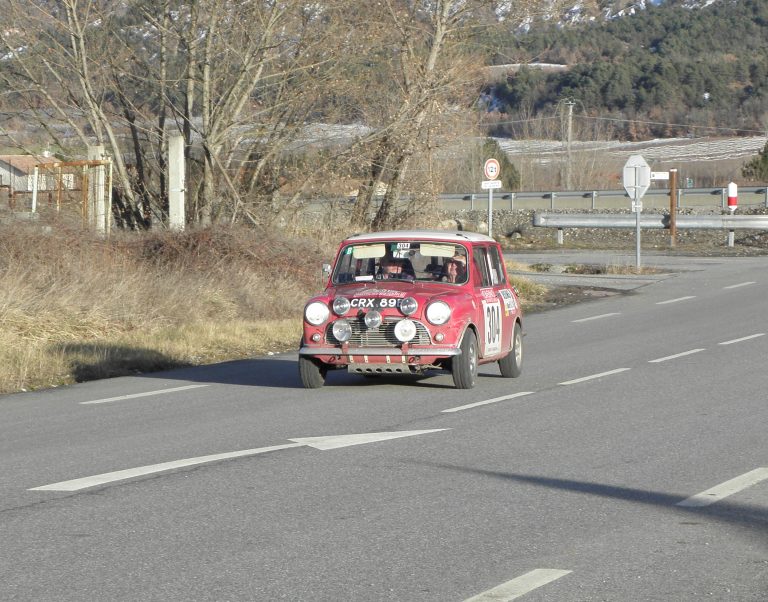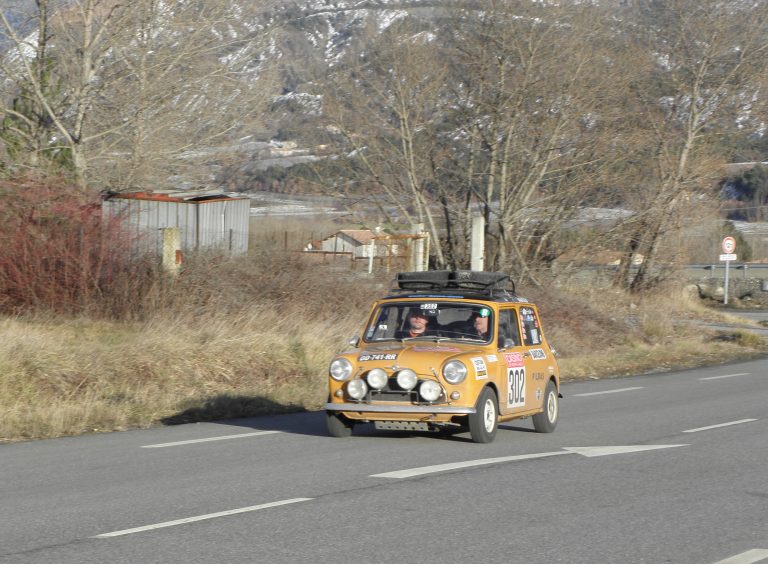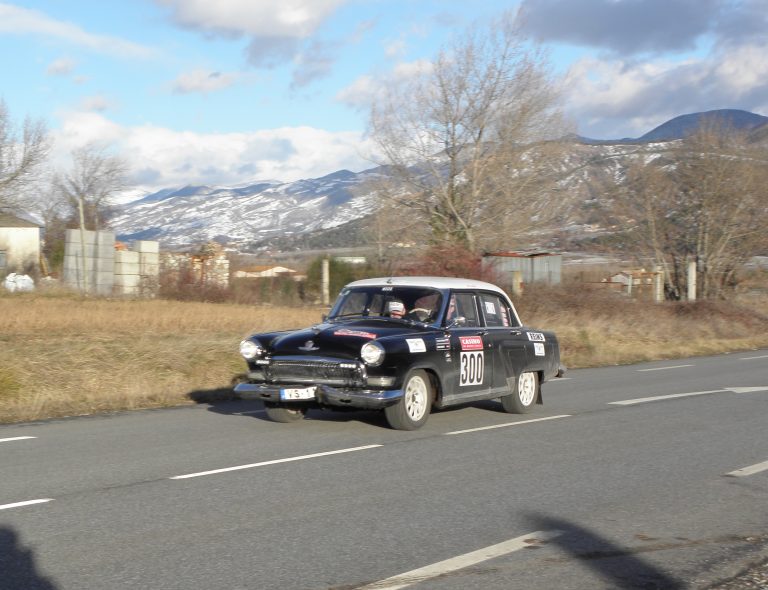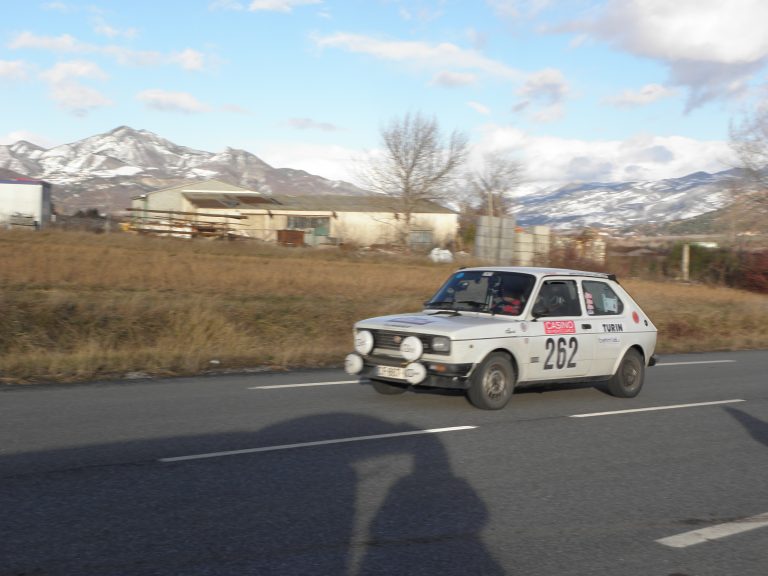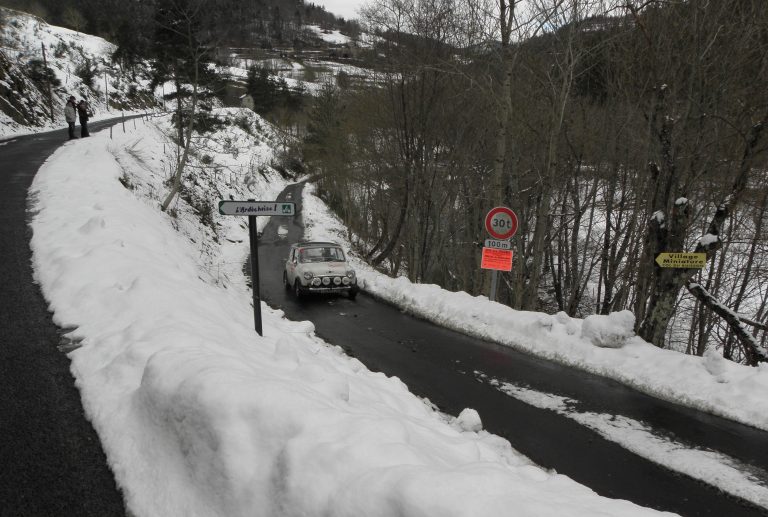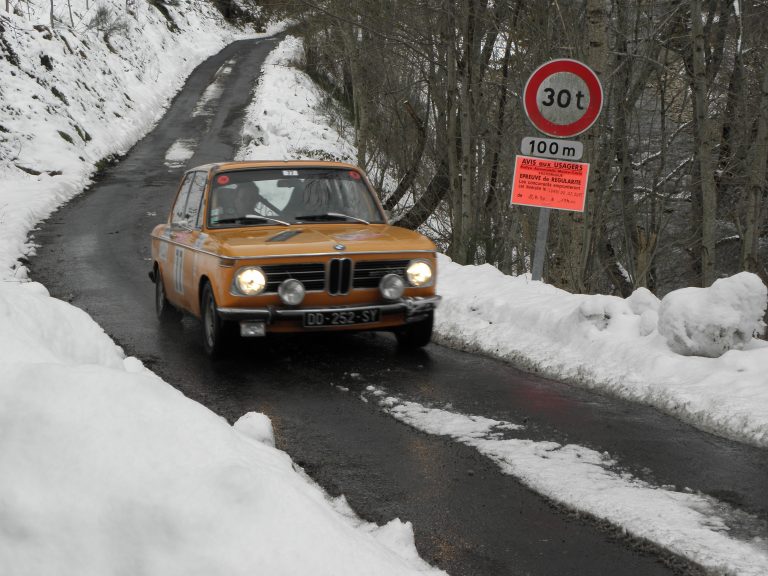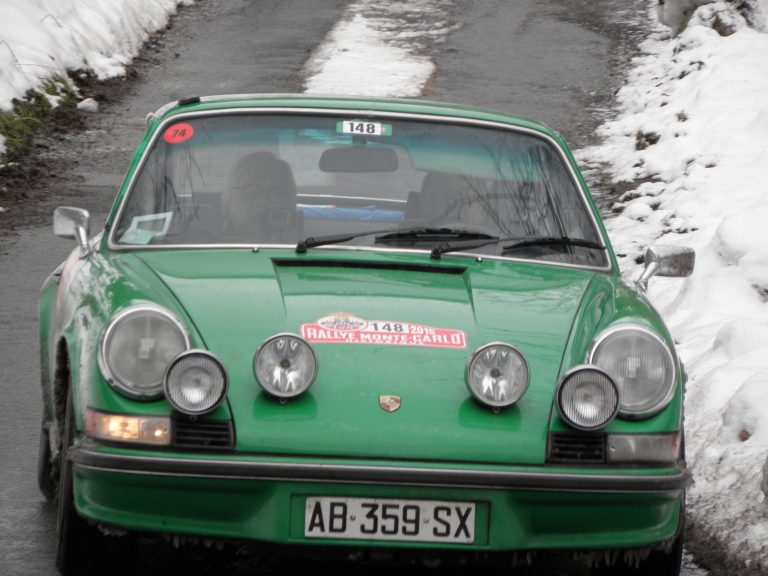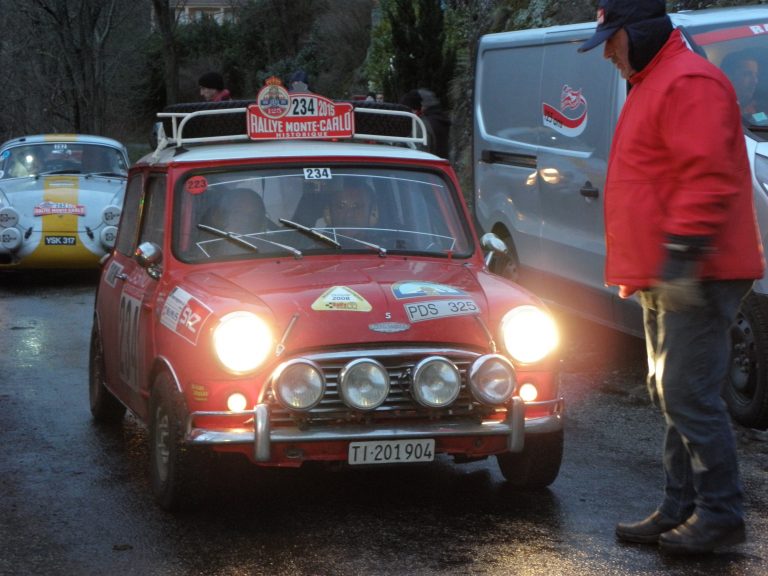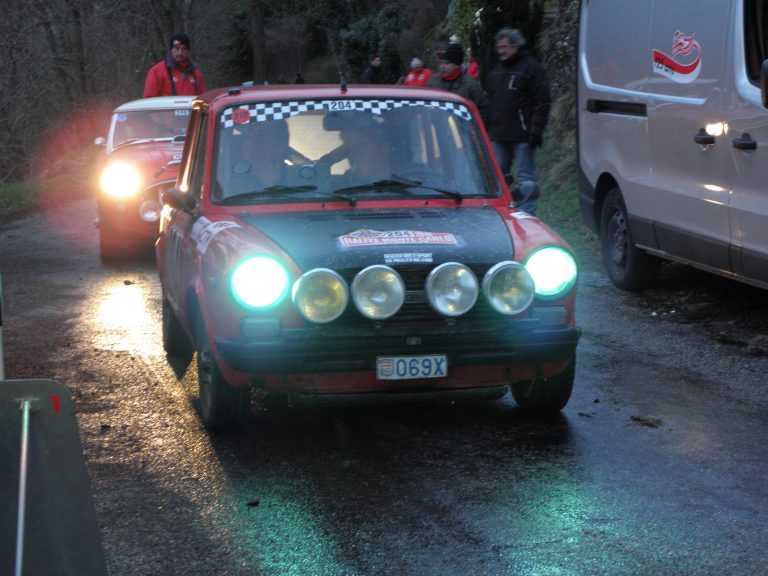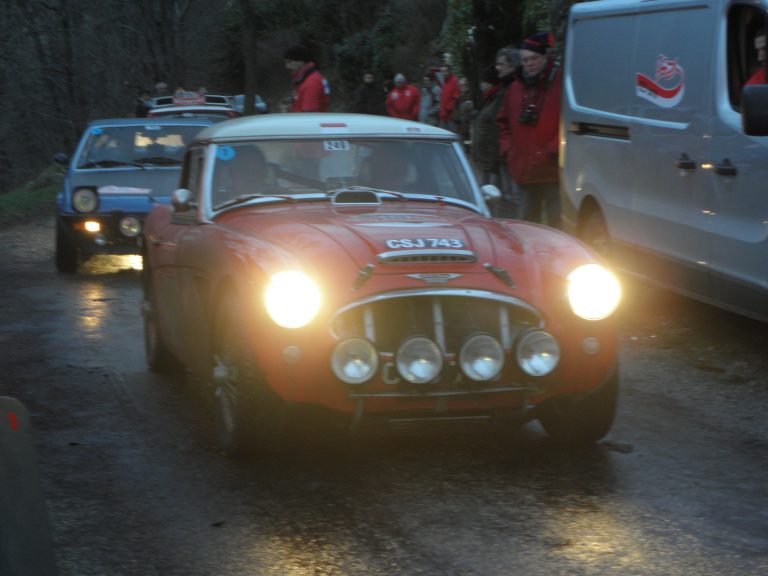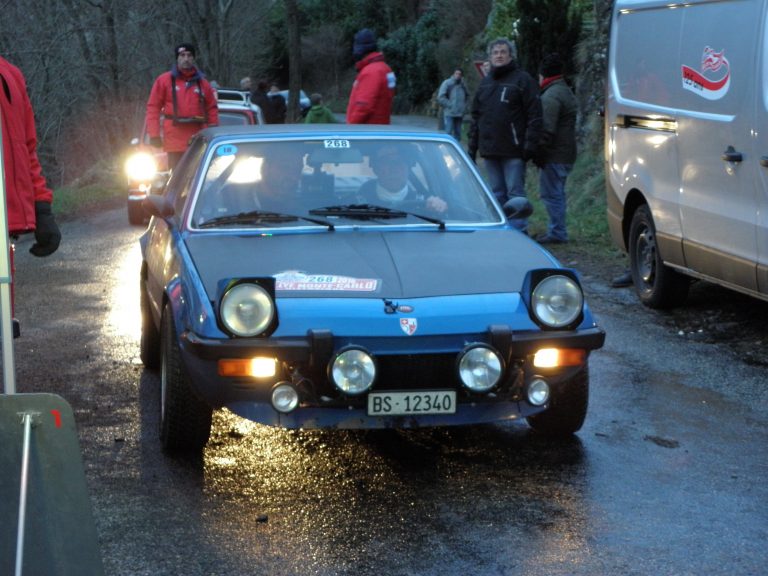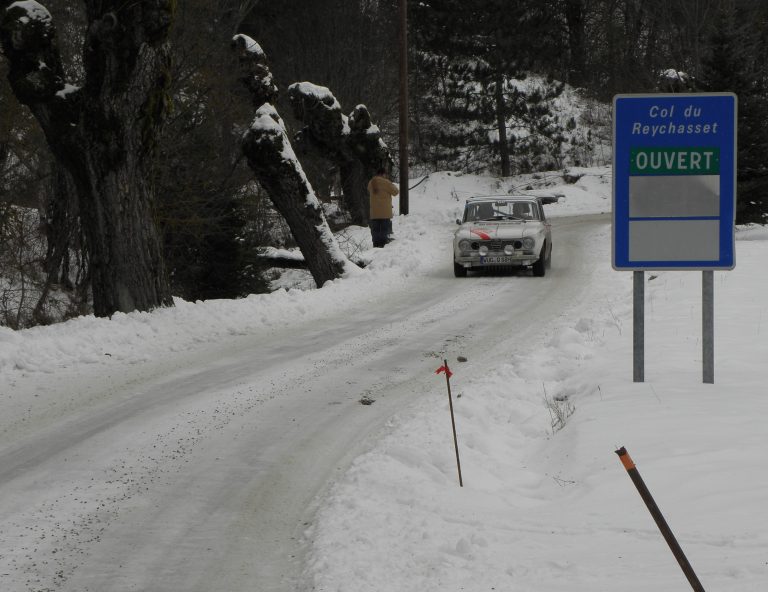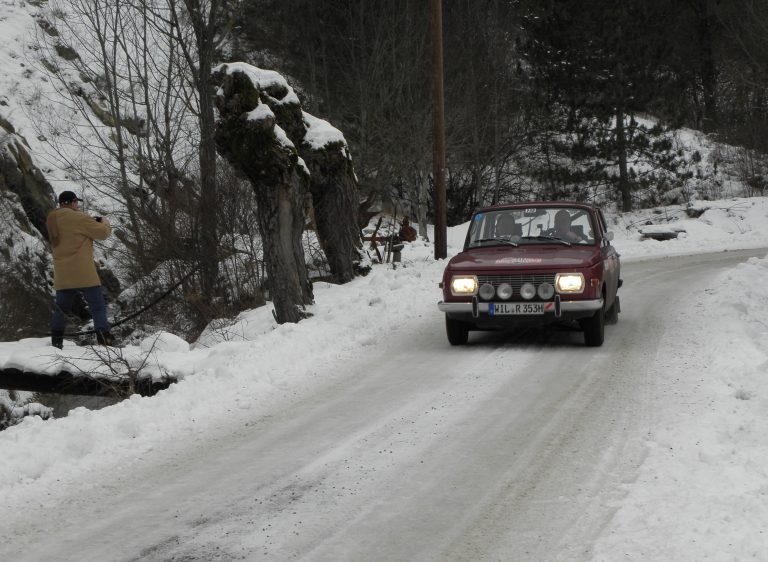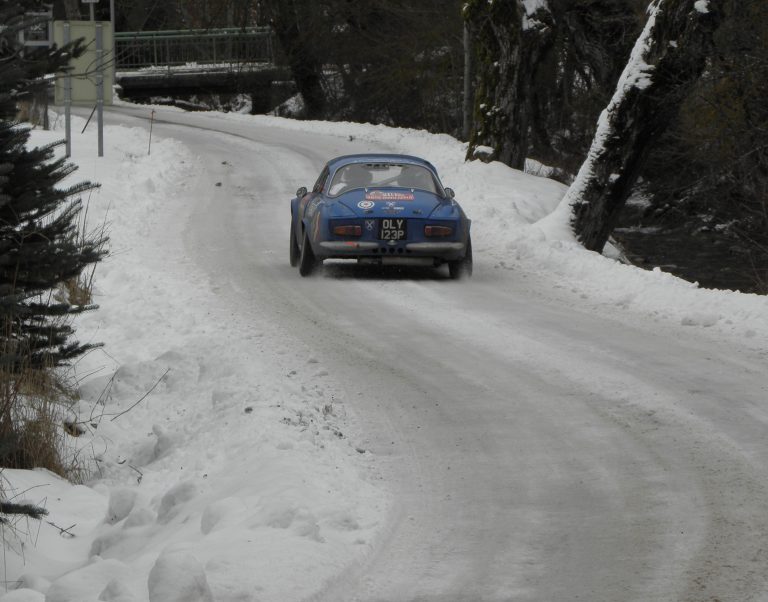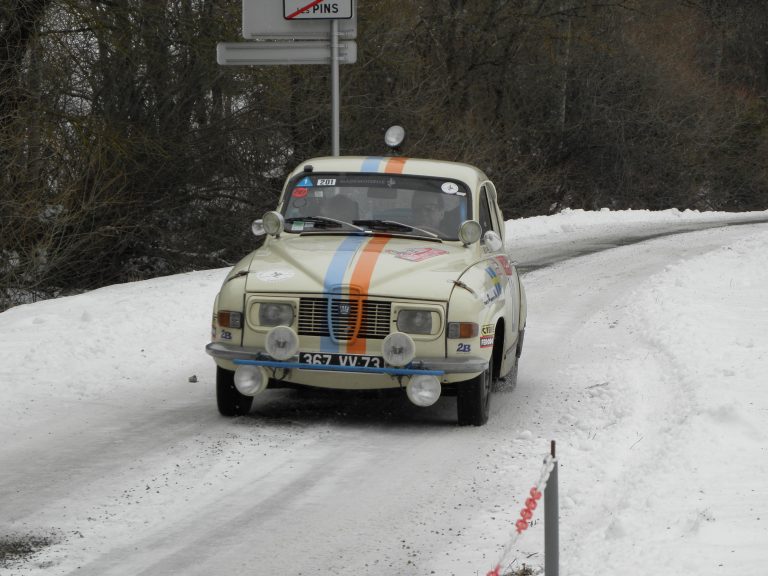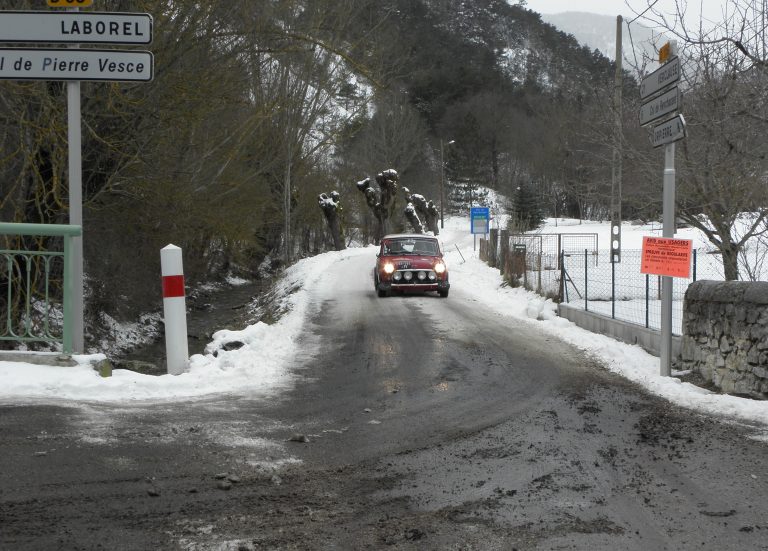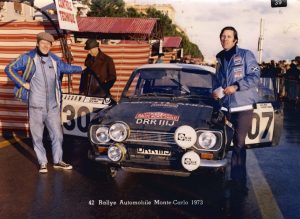 Tales
Tales
My First Mull – The 1970 Tour of Mull
This article was written in 2001 and published in the Programme for that year’s Tour of Mull Rally.
It was the 1970 Tour of Mull, and there we were on the start line, with Bobby MacLeod about to flag us away on our first attempt at a real rally.
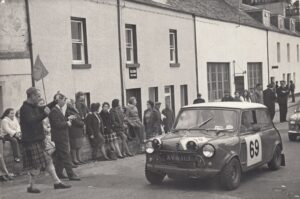
The plan had been hatched 12 months previously on the way home from watching the 1969 Mull rally.
“Who fancies doing the rally next year?” one of the team asked.
“Oh yea, that would be great, count me in” I naively replied, ignoring the fact that I had no rally car, no money and very little prospect of a dramatic change to those circumstances.
Undaunted by the situation, I proceeded to “talk up” the plan (assisted by Jim Kerr who was to navigate for me) during the winter of 69/70 and on into the spring. By the summer of 1970 it became clear that we had to either (a) think up an excuse for not doing the rally, or (b) do something.
As luck would have it, a friend in the local car club, wanted to dispose of a Mini he had been using for road rallies and autocross. The car had been “Rally prepared” with the addition of a roll over bar and wheel arch extensions, but as the project had now been abandoned due to marriage, the owner had sold the engine and rear sub-frame. No money changed hands so I was well chuffed with my acquisition – we were on our way.
By mid-October, after much burning of the midnight oil, the car was ready, except for a few essentials – like wheels, tyres, starter motor, dynamo, number plates, tax disc – all of which had to be swapped over from my road going Mini before we could set off to drive the car to Oban on the Saturday morning of the rally.
Once on the island we headed for our 5 star accommodation for the weekend – a very small two man tent behind the then derelict farmhouse at Sgriob’ruadh just outside Tobermory. The service crew (two guys in a Hillman Imp with a torch and a wheel brace) pitched their tent next to ours and we were all set.
At 5:39pm the flag dropped and we set off from the Main Street to the first “selective” right at the gate to our campsite at “Screwed Rhubarb”. The route went right along the Glen Gorm road and, just before reaching the castle, took a left onto a rough track round to the cottages at Ballimeanoch. That was followed by a run through a very rough Dervaig forest to Dervaig and then a “selective” over the hill road to Torloisk, before a long road section round to the short stage at Aros Park, starting at Upper Druimfin and finishing at the main Aros Park gate.
So far so good. We had made it back to Tobermory, albeit 4 minutes slower than the pace setters, but we were ready for the night-time re-start.
The rest of the rally passed in a complete blur, although I hasten to add, not the speed induced type, more the “where are we, what are we doing” variety.
We started at around midnight and it took a long, long time to get to first service at Craignure via Derviag, Calgary, Torloisk, Loch Na Keal, Gribun, Loch Scridain and Glen More. The second leg had sections that started on the public road, entered the forest and then back onto the public road again without a stop. This must have presented a real tyre-choice dilemma for those with more than one set of tyres. The final section was the reverse of the first.
Our pace notes consisted of an Ordnance Survey map with the “bad bits” marked on it. The idea was that Jim would follow the route on the map and call out “hairpin” or “jump” to warn me of approaching danger so that I could slow down. The truth is we were going so slowly anyway that any application of the brakes had to be followed by a change down to first gear to get going again. Any thoughts of venturing up into third gear were soon dismissed when we came across the signs placed along the route by the rally organisers with the words “Caution – dangerous drops to sea”.
Work had only just started on the Glen More road improvements and Craignure to Salen was still single track, so there were precious few non-competitive road sections. Every inch of road that could be was used competitively and for complete novices it was exhausting. Jim actually fell asleep coming up the “long one” and it was just impossible for me to keep up any sort of pace at all.
The retirement rate was incredible and running at the back of the field meant we saw lots of crews with the remains of their cars, broken down at the side of the road, off the road down ravines, in the middle of bogs etc. It was all just a bit too scary.
Our strategy from the word go – based mainly on fear – was to complete the route with as little drama as possible, even if it meant finishing last, and so, at about 6.30am, running last on the road, we trundled into the final control back at Tobermory. To our amazement we were not last on the result sheet. Well, not quite last. Of the 22 crews who made it to the final control without major incident, we were classified 20th – a whopping 48 minutes slower than the winner. For all but a tiny minority who actually new what they were doing, this was a rally of survival not speed (25 minutes covered the top 10 finishers).
The most popular car on the entry list was still the Mini, in various guises. A top spec Mini Cooper ‘S’ probably had about ninety horse power, while mine with a 998cc engine had half that figure. The Ford Escort Twin Cam had recently appeared on the scene with a mind boggling 120 horse power as standard. Despite having very little power the cars had an unnerving tendency to leap off the road without warning, probably because most of us used normal road tyres with standard brakes and suspension. The real enthusiasts may even have fitted hard brake linings and “uprated shocks” – how things have changed.
The most difficult part of the weekend came on the Sunday night, namely, making sure you were still inside the MacDonald arms or the Mishnish bar when the doors were locked at the official closing time of 10:00pm. Having achieved this, the next most difficult thing was getting up in time to catch the seven o’clock boat on Monday morning. We did make a vain attempt at this, but by the time we packed the tent away we were already very late and when we ran out of petrol before reaching Salen we knew we had blown it. It had only just got light when we knocked on the door at Arle farm to “borrow” some fuel. We were invited in by the lady of the house and treated to a full breakfast while her husband siphoned enough petrol from his VW Campervan to get us to Craignure.
We had packed a lot into the last 48 hours and on the way home from Oban we reflected that while the rally was the reason for being there, it had somehow been only a part of the whole adventure.
We returned to the local car club to a heroes welcome – 20th place in a major event like this sounded quite impressive.
“So you’ll be going back next year to try for the top 10?”
“Oh yea, that would be great, count me in”.
Chris Paton, Lanark, 2001


